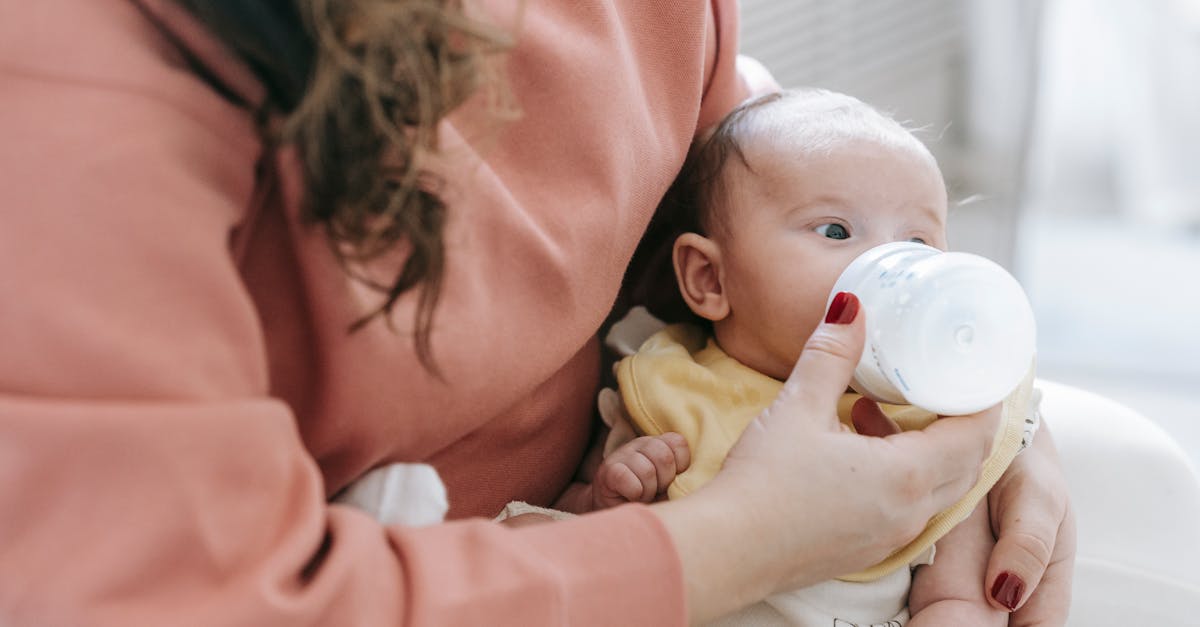Understanding Attachment Theory
Attachment Theory explains how babies form bonds with their caregivers. Developed by psychologist John Bowlby, it emphasizes the importance of a secure attachment in early life. This theory helps you understand how your interaction impacts long-term emotional health. Picture a baby closely cuddling with mom or dad, feeling safe and secure. That’s Attachment Theory in action: nurturing trust and security.
Studies show securely attached children tend to have better social and emotional skills. So, it’s not just about cuddles; it’s laying a foundation for your baby’s future well-being.

In conclusion, Attachment Theory plays a crucial role in shaping a child’s emotional development and building healthy relationships.
The Importance of Early Bonding
Forming a strong bond early on is crucial. In the first few months, your baby needs you to be consistently present. This means responding to their cries and offering comfort. It’s exhausting but rewarding! Think of this period as an emotional investment. The closeness assures your baby that they’ll be cared for, fostering a sense of trust. Picture a parent gently rocking a baby to sleep. Small gestures like this forge deep emotional connections. Early bonding sets the stage for emotional resilience and strong relationships.

Building Secure Attachments
Building secure attachments can be achieved through everyday actions. Start by holding your baby often and maintaining eye contact. Speak to them in a soothing voice. These simple actions tell your baby they are loved and understood.
A great example is babywearing, which keeps your little one close while you go about your day. Imagine a parent carrying a baby in a sling as they fold laundry. These moments foster security and confidence.
Use routines to provide predictability, reinforcing the trust your baby is developing in you.

Managing Emotional Challenges
Parenting a newborn comes with emotional ups and downs. It’s normal to feel overwhelmed, especially when sleep-deprived. Understanding these emotions can mitigate stress.
Write down your feelings or discuss them with a friend.
Picture a parent looking weary yet smiling at their baby. This visual captures the duality of joy and fatigue.
Seek support from family or parenting groups.
Remember, feeling frustrated at times is natural. You’re not alone in this! Sharing these experiences can lighten the emotional load.
Attachment Theory in Daily Life
Implementing Attachment Theory can be simple. Incorporate it into daily routines like feeding, bath time, and bedtime. Respond promptly to your baby’s needs and engage in regular skin-to-skin contact. Picture a parent feeding their newborn while maintaining eye contact. This connection is more than physical—it’s emotional. Create a nighttime ritual to ease sleep transitions. These consistent practices will soon become second nature, reinforcing a secure bond. Small, thoughtful acts speak volumes.

Implementing Attachment Theory in daily interactions strengthens the bond between a parent and child, fostering a sense of security and emotional well-being.
Encouraging Parental Self-Care
Taking care of yourself is vital. Self-care enables you to be fully present for your baby. Simple activities like a warm bath, a walk, or reading can recharge you. Picture a parent enjoying a quiet moment with a cup of tea. Self-reflection is also beneficial. Make time to check in with your feelings. Recharge by connecting with friends or indulging in a favorite hobby. When you’re well-rested, you’re better equipped to handle parenting’s challenges. Remember, a happy parent means a happy baby. Don’t hesitate to take breaks.

